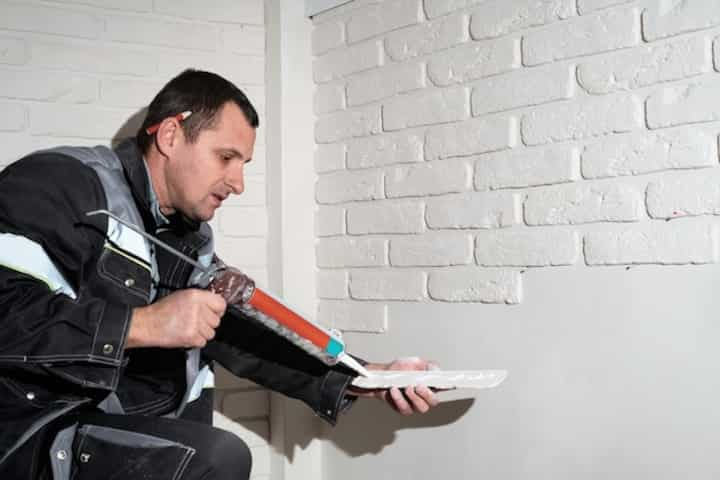
Top Soil Stabilization Services in Topeka Experts in Cement and Lime Stabilization
Soil stabilization is a critical component in construction and infrastructure development, ensuring that foundations are secure and long-lasting. In Topeka, experts in soil stabilization employ advanced techniques such as cement and lime stabilization to enhance soil properties, increase load-bearing capacity, and prevent erosion. Understanding these methods and their applications can greatly benefit construction projects, ensuring safety and longevity.
Understanding Soil Stabilization
Soil stabilization involves the alteration of soil properties to improve strength and durability. This process is essential for construction projects, especially in areas with weak or problematic soil. The aim is to enhance the soil's physical properties, making it more suitable for construction and resistant to environmental conditions.
Cement Stabilization
Cement stabilization is a popular method used to improve soil properties. This process involves mixing cement with soil, which reacts chemically to increase the soil's strength and stability. Key benefits include:
- Improved load-bearing capacity
- Reduced soil plasticity
- Increased durability and resistance to water
By incorporating cement, soils become more cohesive, making them ideal for supporting large structures and heavy loads. Learn more in this detailed guide about the role of cement in soil stabilization.
Lime Stabilization
Lime stabilization is another effective method used to treat clay-rich soils. Lime, when added to soil, reacts with water and clay minerals to form stable compounds. This method offers several advantages:
- Reduction in soil plasticity and swell potential
- Enhanced soil workability and compaction
- Improved long-term stability and resistance to environmental changes
Lime stabilization is particularly beneficial for road construction and other projects requiring durable, stable foundations. Read more about this topic to understand how lime can transform soil properties effectively.
Benefits of Soil Stabilization in Topeka
Topeka, with its diverse soil types, presents unique challenges for construction. Proper soil stabilization ensures:
- Enhanced safety and structural integrity of buildings
- Reduced risk of soil erosion and subsidence
- Increased lifespan and performance of infrastructure
These benefits highlight the importance of choosing the right stabilization method tailored to the specific soil conditions and project requirements in Topeka. Explore further insights here on how soil stabilization can improve construction outcomes.
Choosing the Right Soil Stabilization Technique
Selecting the appropriate stabilization technique depends on various factors, including soil type, project scale, and environmental conditions. Key considerations include:
- Soil composition and characteristics
- Project specifications and load requirements
- Environmental impact and sustainability goals
Consulting with experts familiar with local soil conditions is crucial for making informed decisions. Find additional information here on how to choose the right stabilization method for specific projects.
Conclusion
In Topeka, soil stabilization using cement and lime is indispensable for ensuring the success and longevity of construction projects. These methods provide reliable solutions for enhancing soil strength and stability, crucial for supporting modern infrastructure. For anyone involved in construction or planning in Topeka, understanding and utilizing the right soil stabilization techniques can make a significant difference in the safety and durability of their projects. Learn more in this detailed guide about the benefits and applications of soil stabilization techniques.